Rising Awareness of Health Impacts
The increasing awareness of health issues related to humidity levels is a key driver in the Household Dehumidifier Market. High humidity can lead to mold growth, dust mites, and other allergens that adversely affect respiratory health. As consumers become more informed about these health risks, the demand for dehumidifiers is likely to rise. Reports indicate that households with high humidity levels are more prone to respiratory problems, prompting consumers to invest in dehumidification solutions. This trend is further supported by health organizations advocating for improved indoor air quality, which positions dehumidifiers as essential appliances in maintaining a healthy living environment. Consequently, the focus on health and wellness is expected to propel the Household Dehumidifier Market forward.
Climate Change and Weather Variability
The impact of climate change and increasing weather variability is emerging as a significant driver in the Household Dehumidifier Market. With changing weather patterns, many regions are experiencing higher humidity levels, leading to a greater need for dehumidification solutions. For instance, areas that were previously considered dry are now facing increased moisture, prompting homeowners to seek out dehumidifiers to maintain comfort and prevent damage. This shift in climate patterns is expected to continue, potentially increasing the demand for household dehumidifiers. As consumers adapt to these changes, the Household Dehumidifier Market is likely to see sustained growth driven by the need for effective moisture management.
Technological Advancements in Dehumidifiers
Technological advancements in dehumidifier design and functionality are playing a crucial role in shaping the Household Dehumidifier Market. Modern dehumidifiers are now equipped with smart technology, allowing users to monitor and control humidity levels remotely. Features such as energy-efficient operation and quieter performance are attracting consumers who prioritize convenience and efficiency. Market data indicates that the introduction of these advanced features has led to increased sales, as consumers are more inclined to invest in products that offer enhanced functionality. As manufacturers continue to innovate, the Household Dehumidifier Market is expected to expand, driven by consumer demand for high-tech solutions.
Growing Demand for Energy-Efficient Appliances
The rising demand for energy-efficient appliances is significantly influencing the Household Dehumidifier Market. As consumers become more environmentally conscious, they are increasingly seeking products that minimize energy consumption while effectively managing humidity levels. Energy-efficient dehumidifiers not only reduce electricity bills but also contribute to a more sustainable lifestyle. Market analysis shows that energy-efficient models are gaining popularity, with many consumers willing to pay a premium for such features. This trend aligns with broader sustainability goals, suggesting that the Household Dehumidifier Market will continue to thrive as energy efficiency becomes a priority for consumers.
Increased Construction and Renovation Activities
The ongoing construction and renovation activities across various regions are contributing to the growth of the Household Dehumidifier Market. As new homes are built and existing ones are renovated, the need for effective moisture control becomes paramount. Construction processes often introduce excess moisture into homes, necessitating the use of dehumidifiers to ensure a comfortable living environment. Data suggests that the construction sector has seen a steady increase, with residential building permits rising significantly in recent years. This trend indicates a growing market for dehumidifiers, as homeowners seek to protect their investments from moisture-related issues. Thus, the construction boom is likely to bolster the Household Dehumidifier Market.


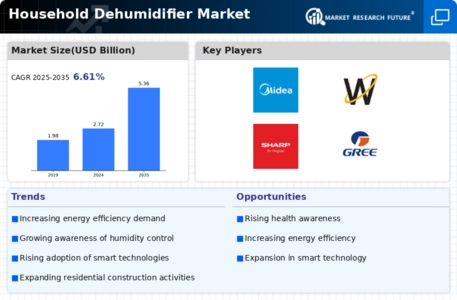
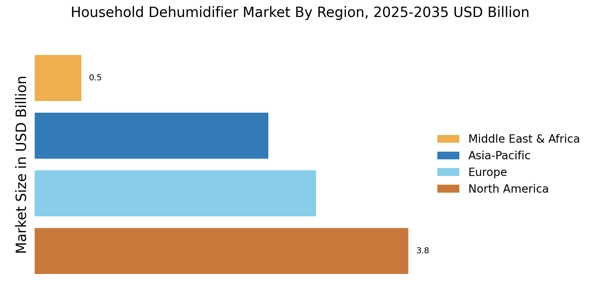
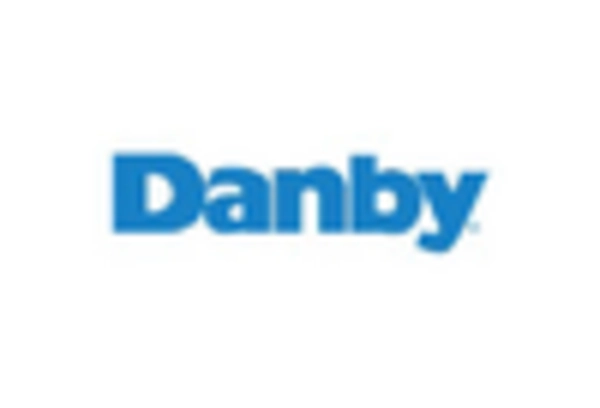
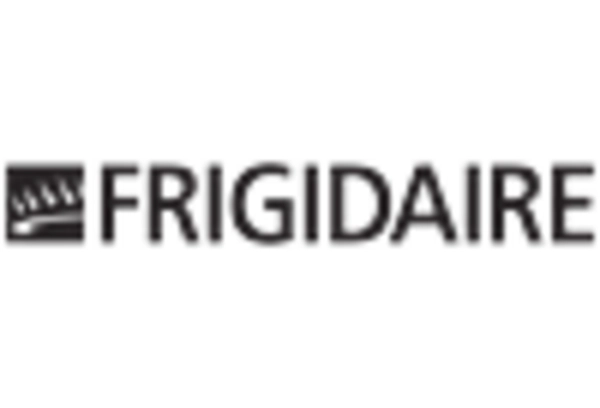


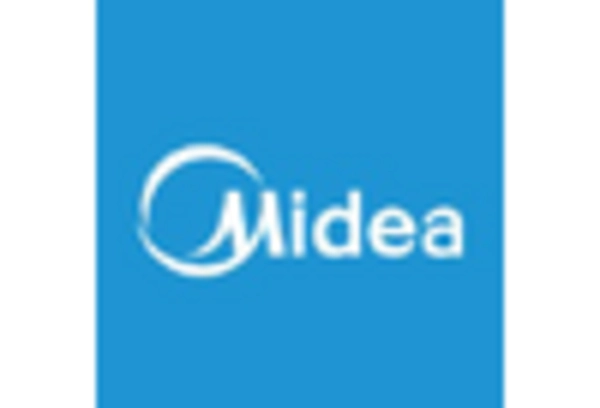
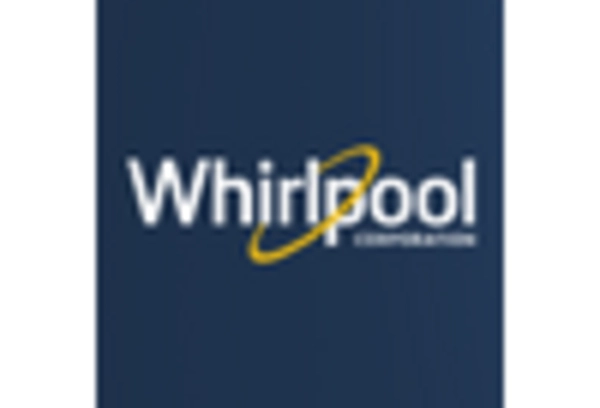








Leave a Comment